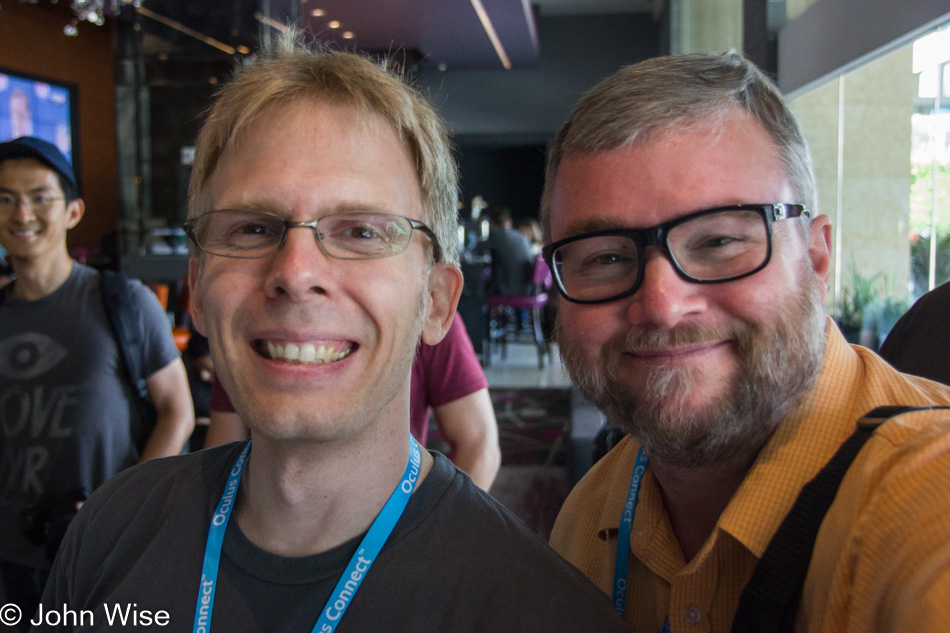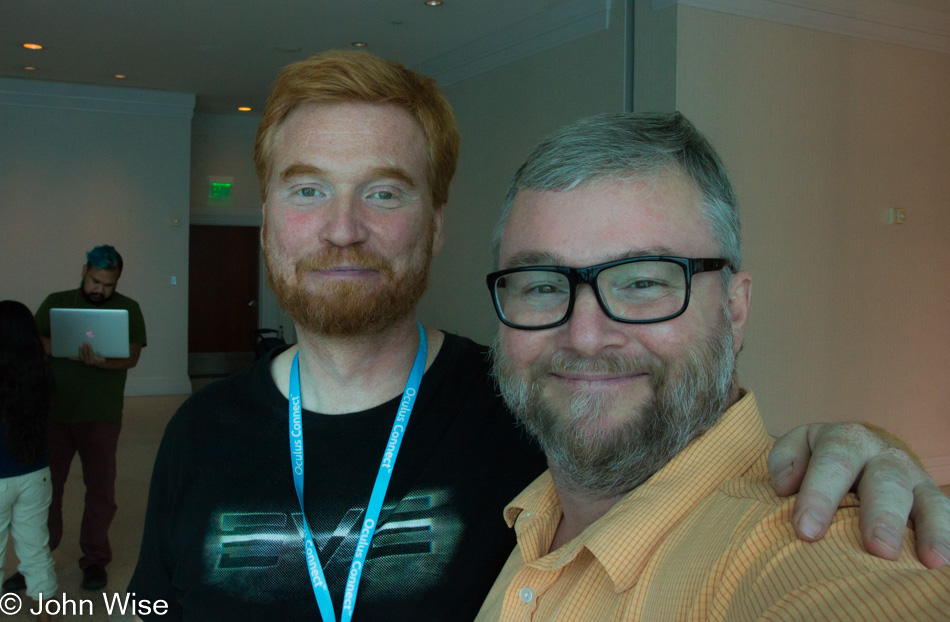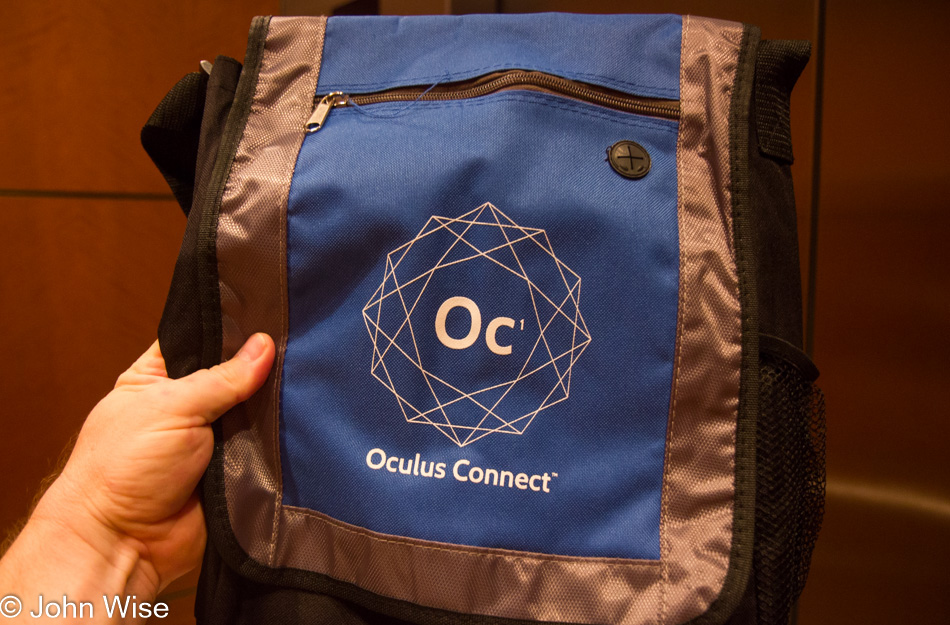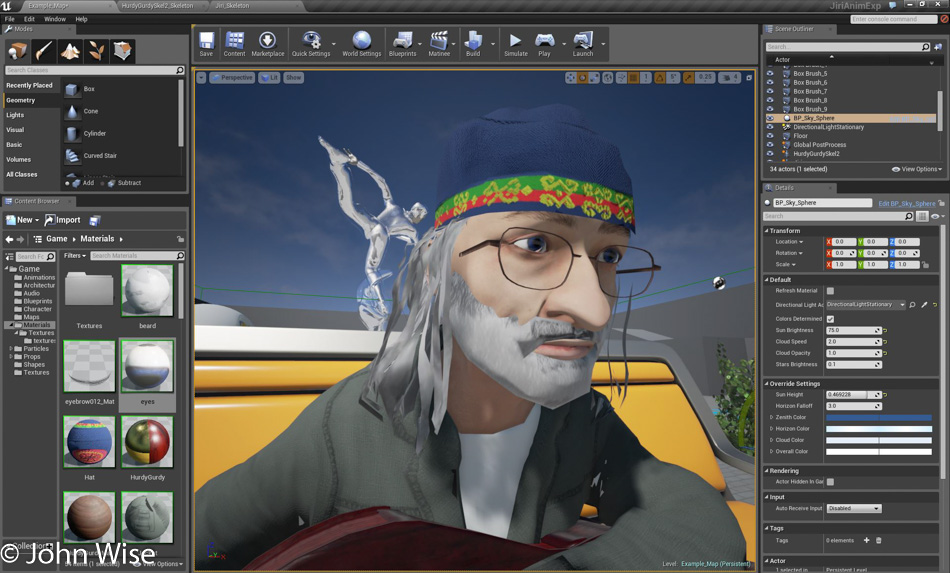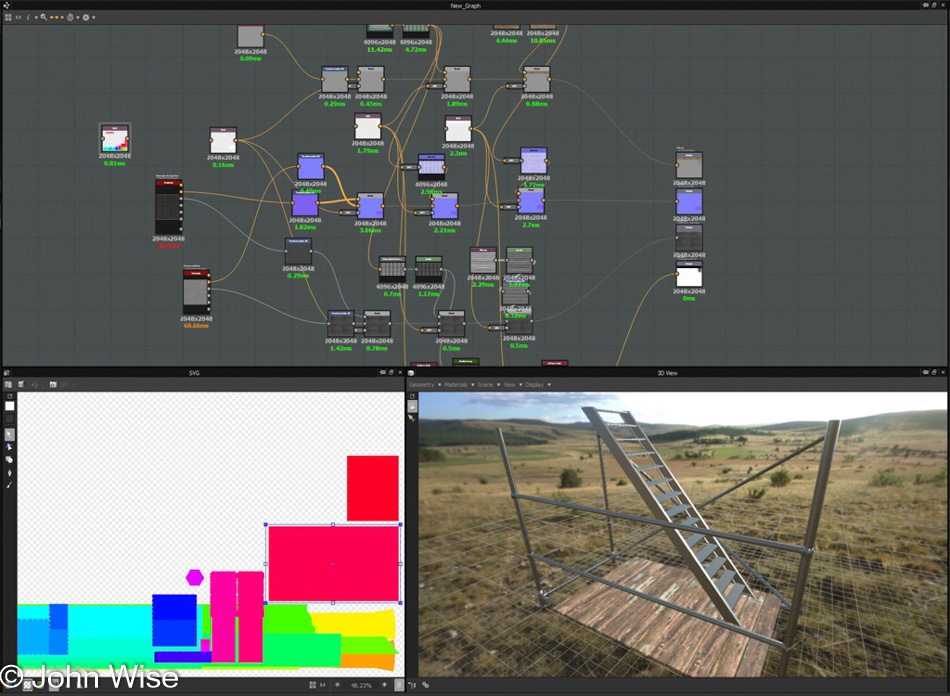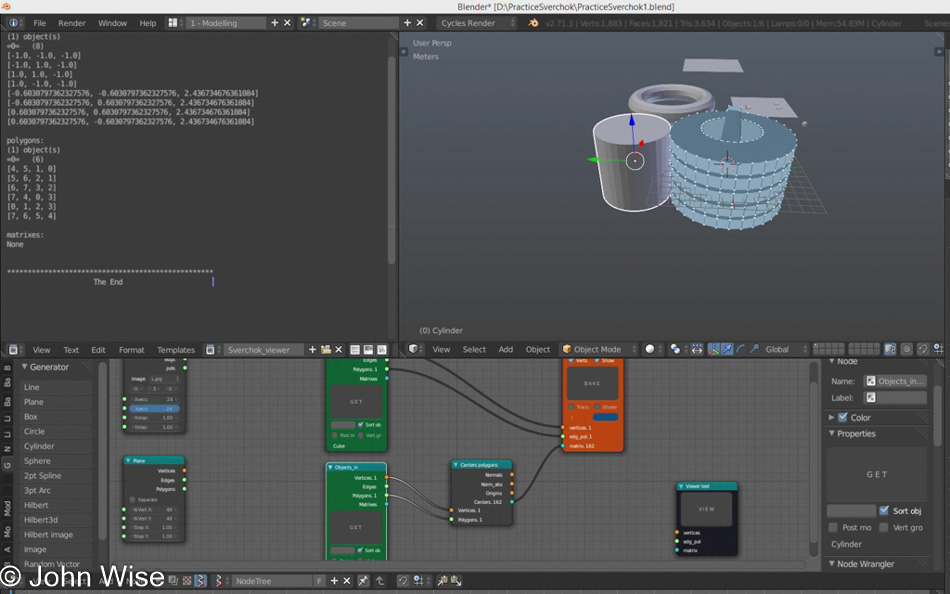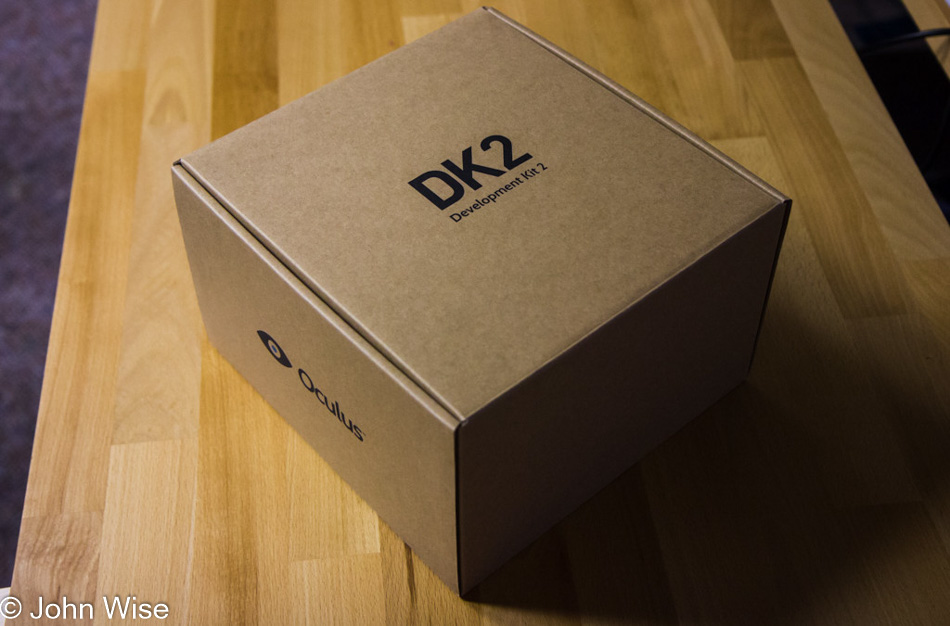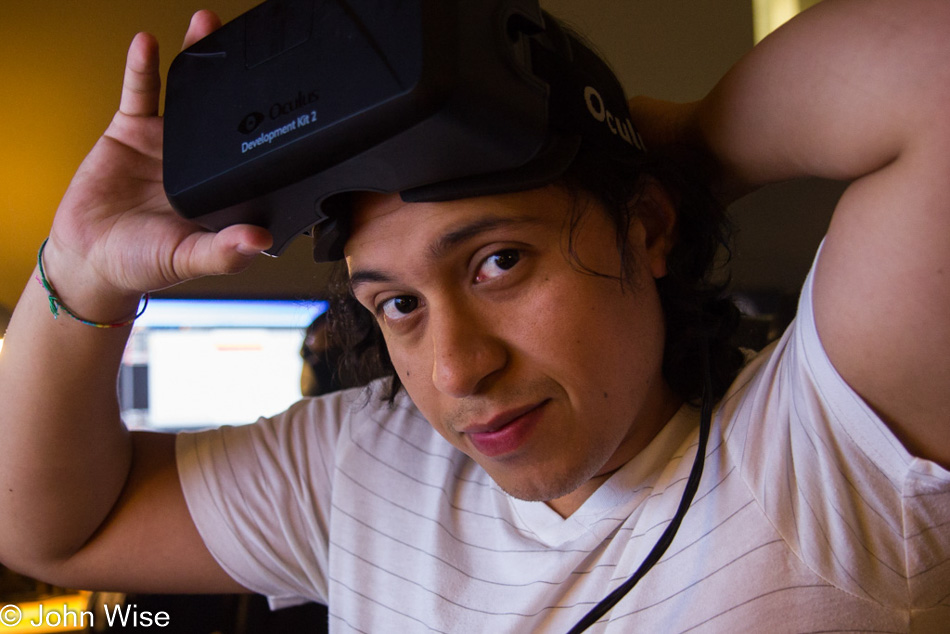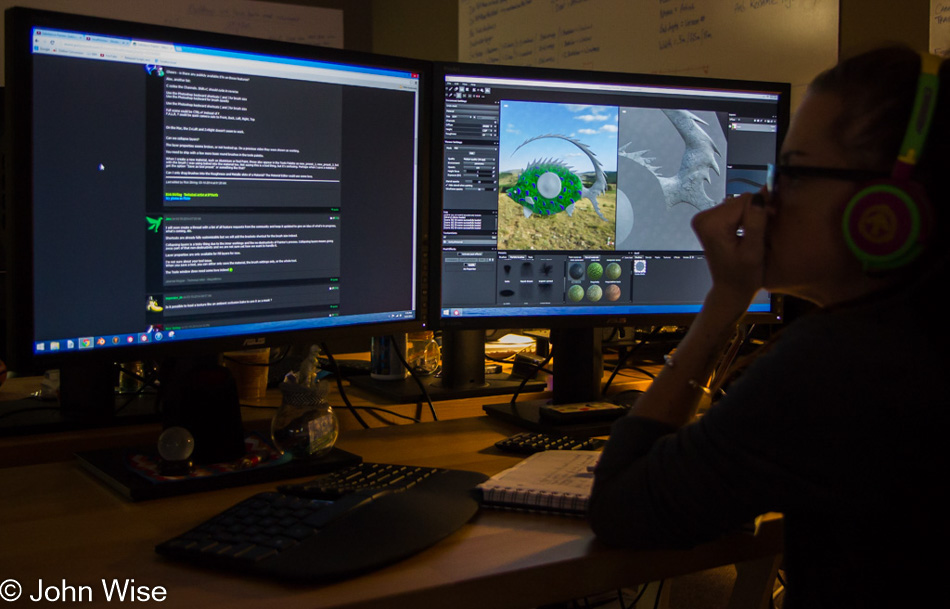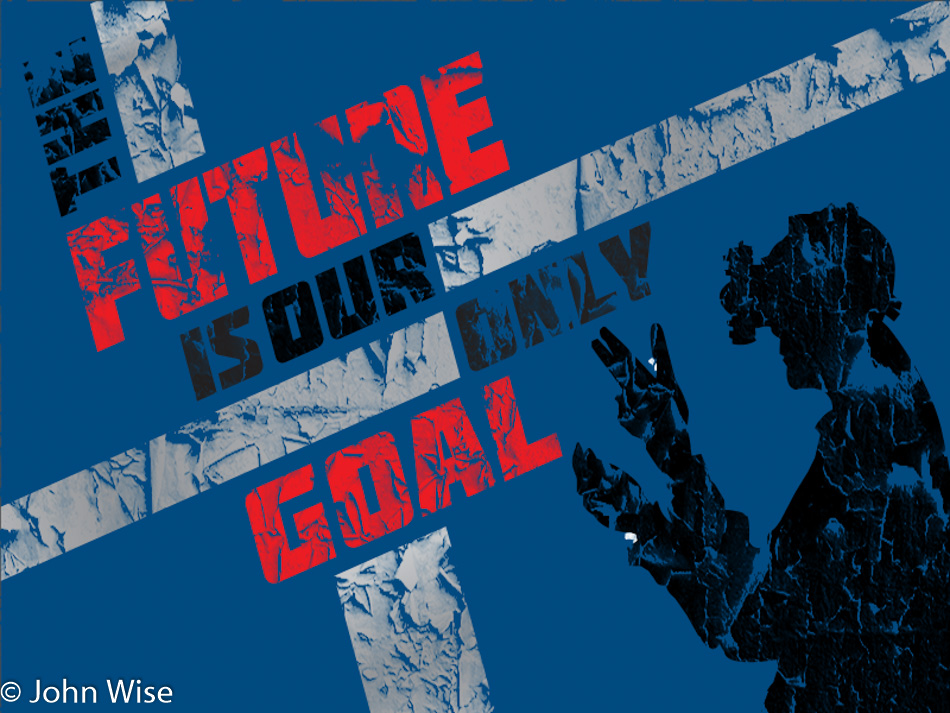
Living on the leading edge of culture, I’ve had the great opportunity to witness modernity do a fast bake into the future. The recipes for these events, if they could be referred to as such, were mired in mistakes with tolls on humanity and the Earth that would have global implications. On the other hand, I’ve also watched the greatest technological revolution that will likely happen in my life come to maturity, culminating with the emergence of Virtual Reality.
My good fortune began in the mid-1970s when, as a teen, I became aware of a current being unleashed primarily from England and secondarily from New York, though it wouldn’t be long before an energized scene would rise in my hometown – Los Angeles. I was participating and jumping around a global culture with the emergence of Punk Rock. Oftentimes music allows one to measure the barometer of a society and to most easily see its trajectory. In Punk Rock, we saw the disillusionment with the “System.” Poseurs and neo-nazis would quickly spoil my interest in Punk, but right there on the heels of one scene was a far more important movement, one that would leave deep marks on the global landscape; Industrial Culture.

These “Industrial” progenitors appeared to me as a worldly and knowledgeable bunch of intellectuals and pseudo-intellectuals vomiting forward high-concept art. I couldn’t know that the roots of these movements and art actions were, in some instances, based on nearly 100-year-old ideas; my education in a post-Vietnam, anti-intellectual America was poor beyond words. That lack of a broad, world-view education didn’t inhibit my curiosity; as a matter of fact, it turned out that what I was interested in wasn’t going to be taught to American teens back then, in the next 25 years, or maybe ever. I was churning William Burroughs and, before long, Friedrich Nietzsche and Jean Baudrillard. Howard Zinn, Otto Muehl, and Ayn Rand would find their place as would Andrea Dworkin, Mother Theresa, and Elias Canetti in my development. I wanted to know the world.
My view of this world was stained by the image of Charles Bukowski’s purple turkey-necked dick; it was ugly with the image that the normal world was anything but. Others knew bits and pieces of the truth, but I had a lot of catching up to do. Peace of mind was for the near brain-dead; only intellectual actionism was going to liberate society and our minds. A moment shined through where I believed we were at the brink, Throbbing Gristle – the Wreckers of Civilization. They were going to peel back the facade through art and music, or maybe it would be Techno a decade later with its psychedelic-fueled and inspired dance against conformity, or could it be that the Internet was going to be the liberator by freeing information and knowledge? Turns out that our society approves of and embraces its straightjacket of banality through each opportunity to throw off the yoke of servitude. We demand to lather our stupidity in the effervescent foam of Kardashians and insist that our diet of violence and anger is not a reaction to fear but the red-blooded right to be free, to be a nationalist, aka, the American patriot.
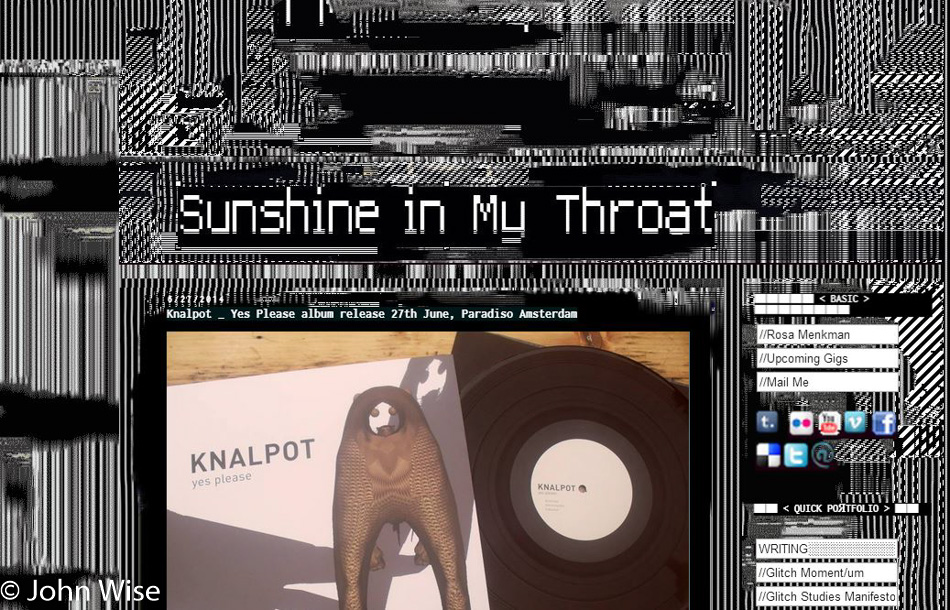
To paraphrase Sir Mix-A-Lot, I ain’t down with that shit. We are explorers, founders, inventors, and creators; we are the glitch in the Matrix. As Rosa Menkman states in the Glitch Studies Manifesto, “I feel stuck in the membranes of knowledge, governed by social conventions and acceptances. As an artist, I strive to reposition these membranes; I do not feel locked into one medium or between contradictions like real vs. virtual or digital vs. analog. I surf the waves of technology, the art of artifacts.” Rosa tells us to “Fight genres and expectations!” Yet, we tolerate our guilty pleasures because everyone has guilty pleasures. Well, I’m not everyone, nor am I nothing.
If I’m not to remain nothing, I must become something, but a reflection of the known and common is not something I strive for. This kind of something is the mirror image of a false creation, a corporate and media lampooned caricature called actor or, here in the early 21st century; citizen. Max More, in his Principles of Extropy, says it best when describing the person we could be, “We choose challenge over comfort, innovation over emulation, transformation over torpor.” He goes on, “Evolution left us with animalistic urges and emotions that sometimes prompt us thoughtlessly into acts of hostility, conflict, fear, and domination. Through self-awareness and understanding of and respect of others, we can rise above these urges.” He continues with, “We will do better to focus primarily on self-transformation rather than trying to change others…..try to improve the world through setting an example and by communicating ideas.”
To communicate ideas and give positive examples – these are major tenets of Timefire. Virtual Reality may be the best “place” to break down borders and turn back the negative influence of a ruling culture. To that end, we will share what we see as good in the world: knowledge, art, music, and science. Using these cultural artifacts as our palette, we will draw an environment that reflects the beauty of nature, not the anger of the beast. While much progress has been made due to the hostility born by our inhumanity, we must move beyond the malfeasance we have empowered too many with and lay the cornerstone for a society that can evolve to another level of being, that of being truly humane.
So get ready to meet us on the streets of humanism. A place in virtual reality where one’s actions do not result in death or destruction. A place where communication and cultural sharing might have the chance to deliver what artists over the ages have been trying to accomplish, to create something that will lift us out of our meager place mired in the excrement of petty and small-minded beings.
